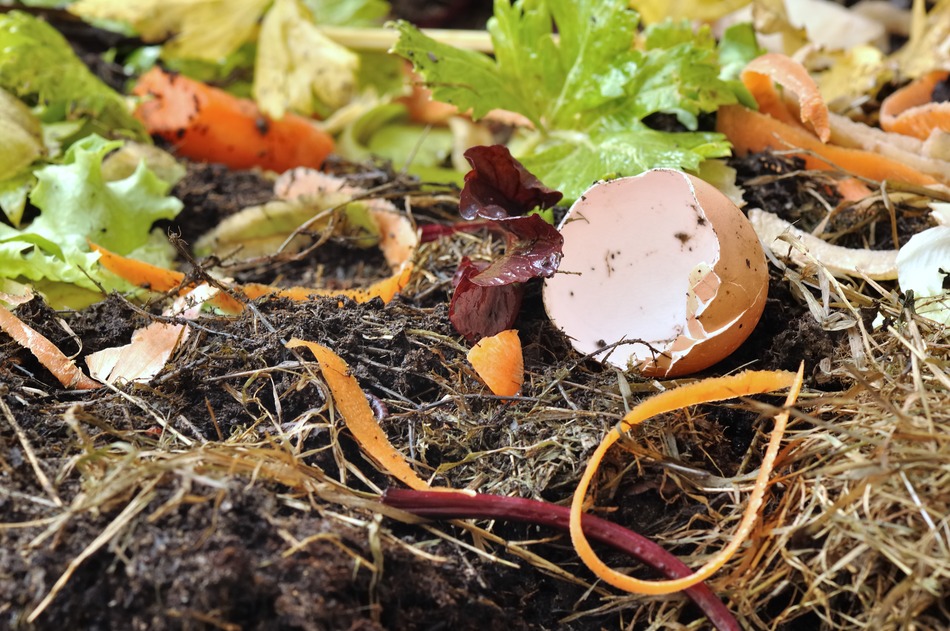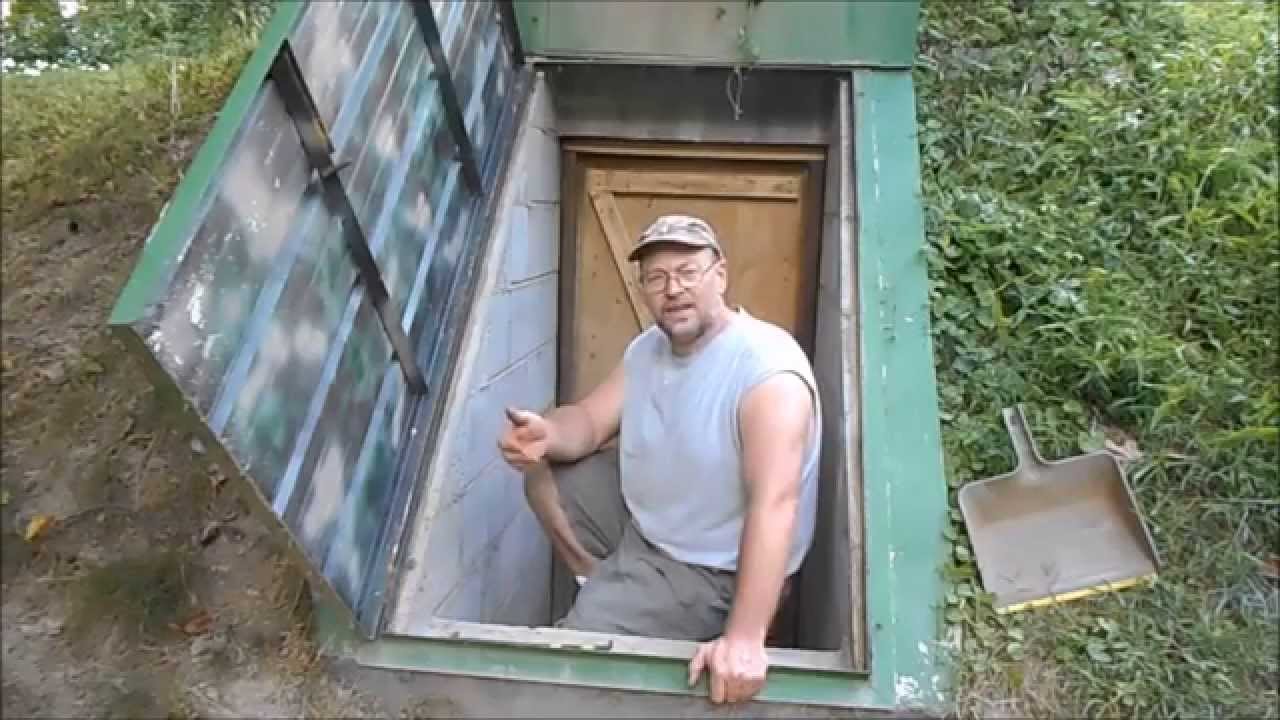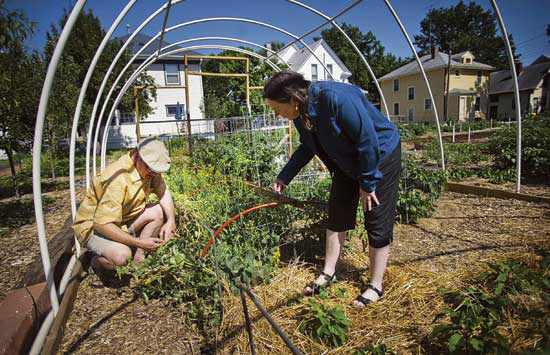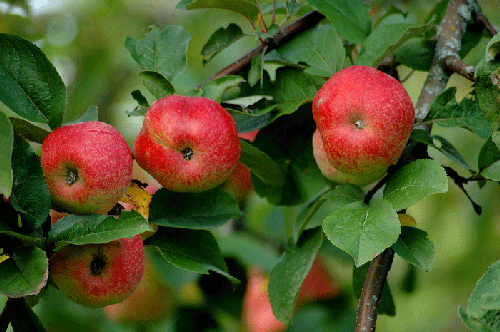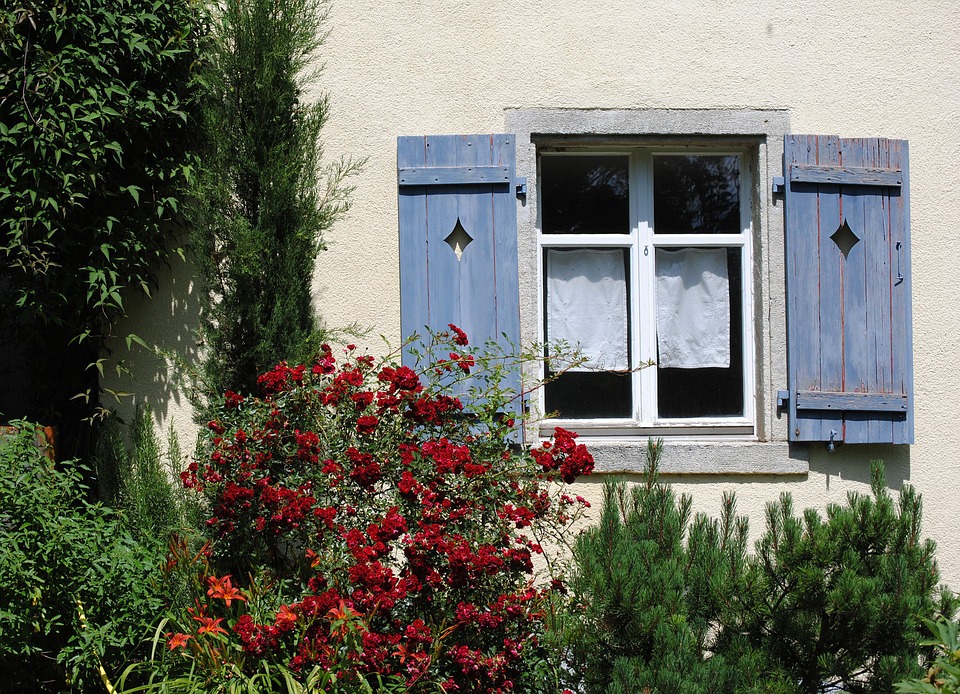5 Things you Should NOT Compost
Since compost is the primary soil amendment (other than mulch since every garden should be mulched) in back yard gardens, it can be tempting to compost everything you can so that you can give the most back to your garden. While this is true for the most part, there are things that you should … Read more

